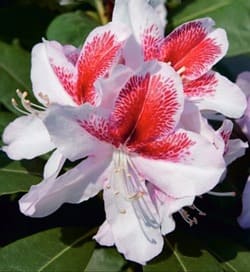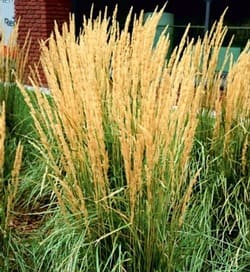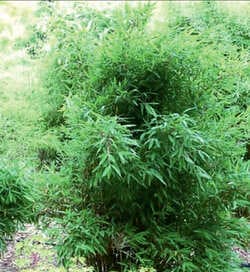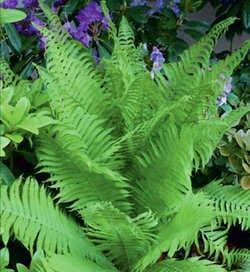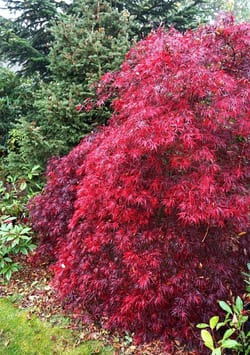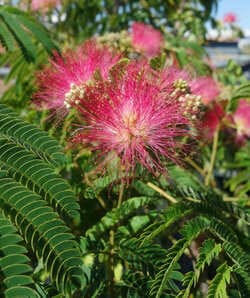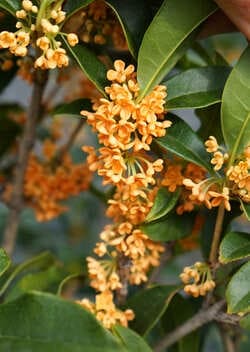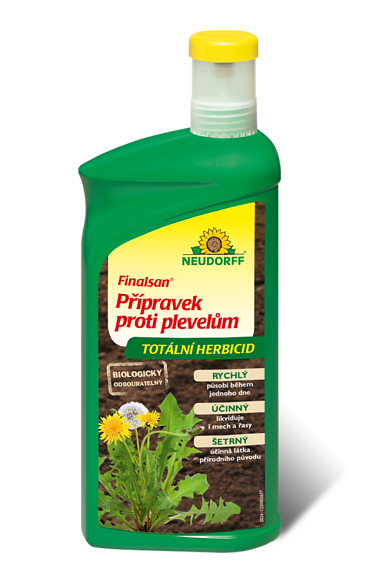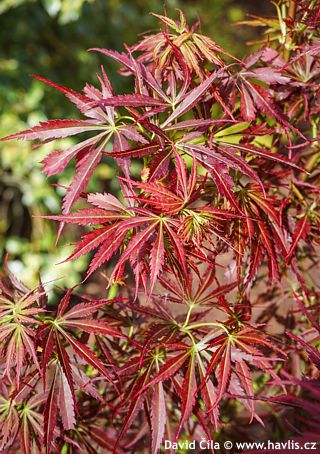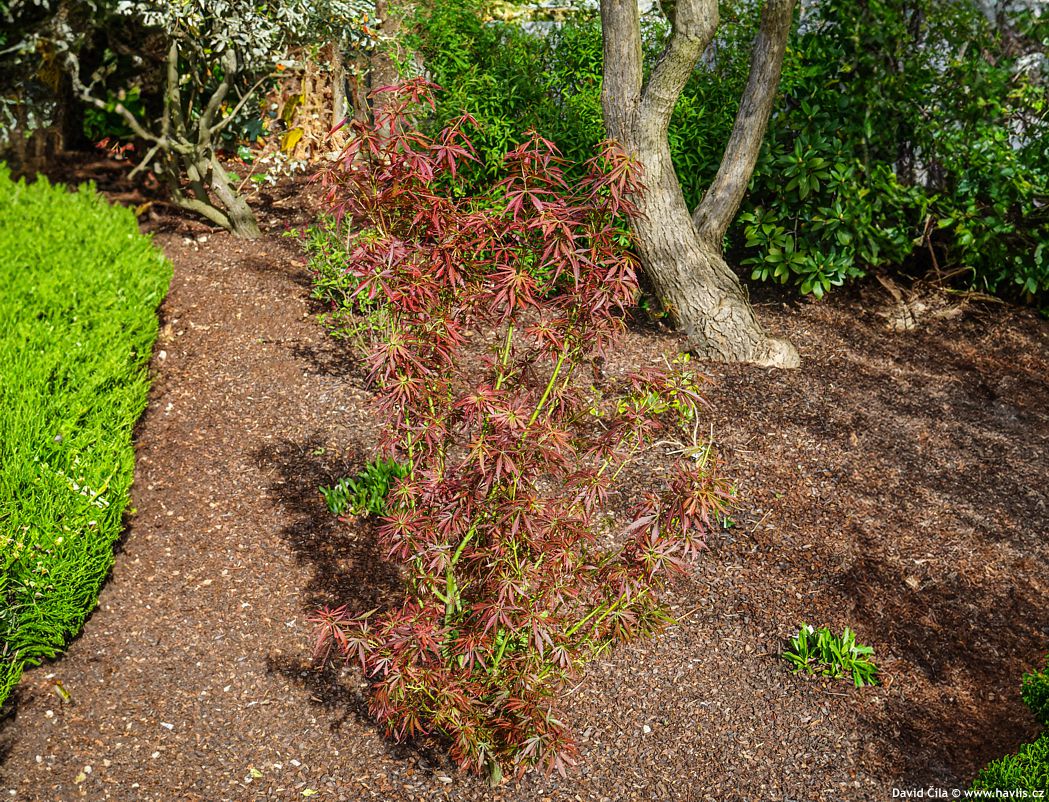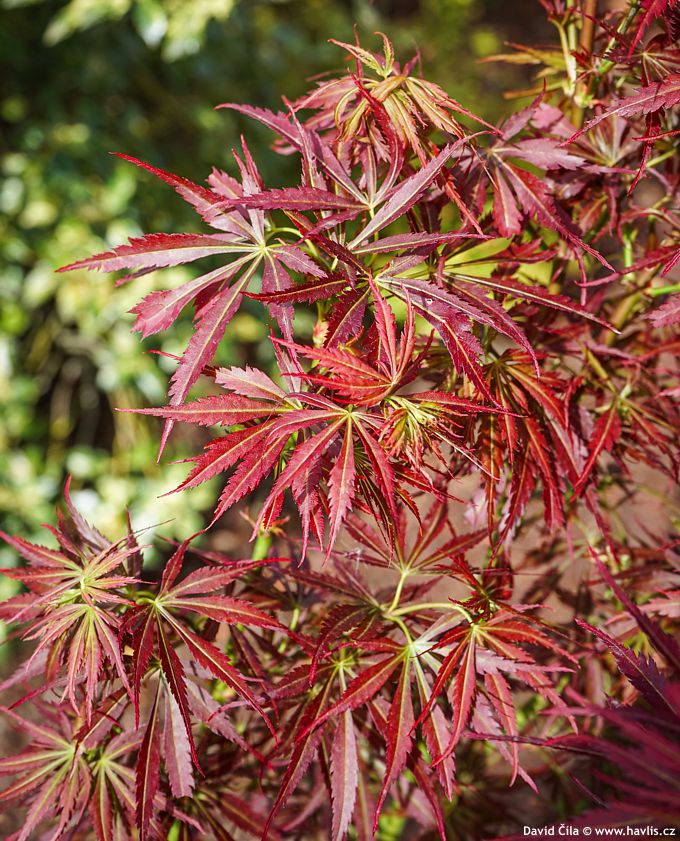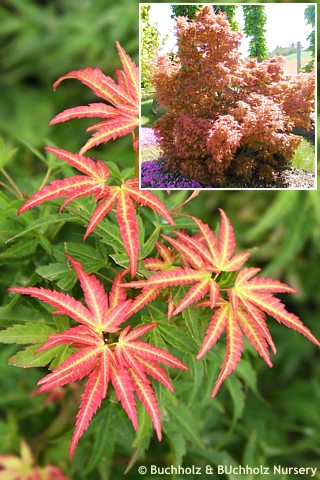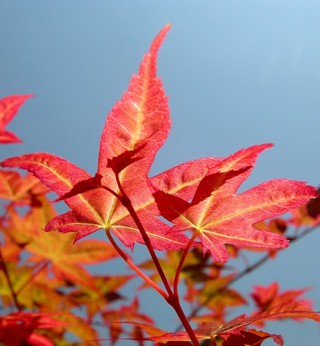Acer palmatum 'JERRE SCHWARTZ' Japanese maple
Acer
Japanese maples are very decorative and usually low shrubs, occasionally small trees, with attractive foliage and picturesque structure. There are many varieties in various shades of green, chartreuse, golden and yellow, red to maroon, and even multicoloured (variegated). They originate from Asia (Japan, China, Korea), where they have been cultivated for at least two centuries or perhaps even longer, however, they were introduced to Europe only at the beginning of the 19th century, specifically to Great Britain in 1820. Interestingly, the botanist Carl Peter Thunberg described them much earlier, in 1784, because he undertook an expedition to Japan in 1775-1776, discovering new species and collecting seeds and plants. He named the tree Acer palmatum, referring to the leaf shape resembling a human hand with fingers, although it is said that they first reminded him of frog fingers, which is also one of its oldest Japanese names: kaede. The other is momiji (baby hands). The beauty of the colours and shapes of the leaves and trees is reflected in many arts, for example, in the oldest preserved collection of Japanese poetry from the 8th century, the Man'yōshū (Collection of Ten Thousand Leaves). The Chinese poet Wang Wei (699-759) celebrated their beauty in many of his works, and naturally, maples often appeared in ancient paintings, tapestries, porcelain, and wherever classic and traditional decorations associated with the symbolism of these maples were desired: beauty and elegance, serenity, endurance, vitality, and transformation.
Jerre Schwartz Japanese maple was bred by one of the prominent American lovers and growers of Japanese maples, Billy Schwartz of the Green Mansions Nursery in Pennsylvania, and it was introduced to the market in 2005. It belongs to the dwarf varieties, as at the age of 15 years, it is no more than about 1.8 meters tall and slightly over a meter wide. Its deciduous leaves are fine but not dissected, 5-7 cm long and wide. The new growth is always bright pink, turning mahogany red and maturing to green after about a month. Meanwhile, as the branches grow, new leaves emerge and again they are red, so the shrub has a dual-colour leaf effect throughout the whole season. In autumn, the shrub is exceptionally colourful: its green leaves turn fiery shades of orange and yellow and the terminal pink leaves become bright carmine red. The shrub grows slowly into an upright, irregularly vase-like shape. Another interesting feature is the bright green colour of smooth branches.
Japanese maples need constantly moist soil that has to be well-drained, acidic to neutral, and medium fertile. Keep it mulched all year round. It loves a location with high air humidity, e.g. at a river bank or near a pond but it is not a must. Jerre Schwartz maple withstands full sun in constantly moist soil, and naturally grows in partial shade, too. Full shade is not recommended. It is hardy to at least -29 °C (USDA zone 5), and is suitable for outdoor planters, too, if kept moist but without a saucer.
Last update 04-01-2025












